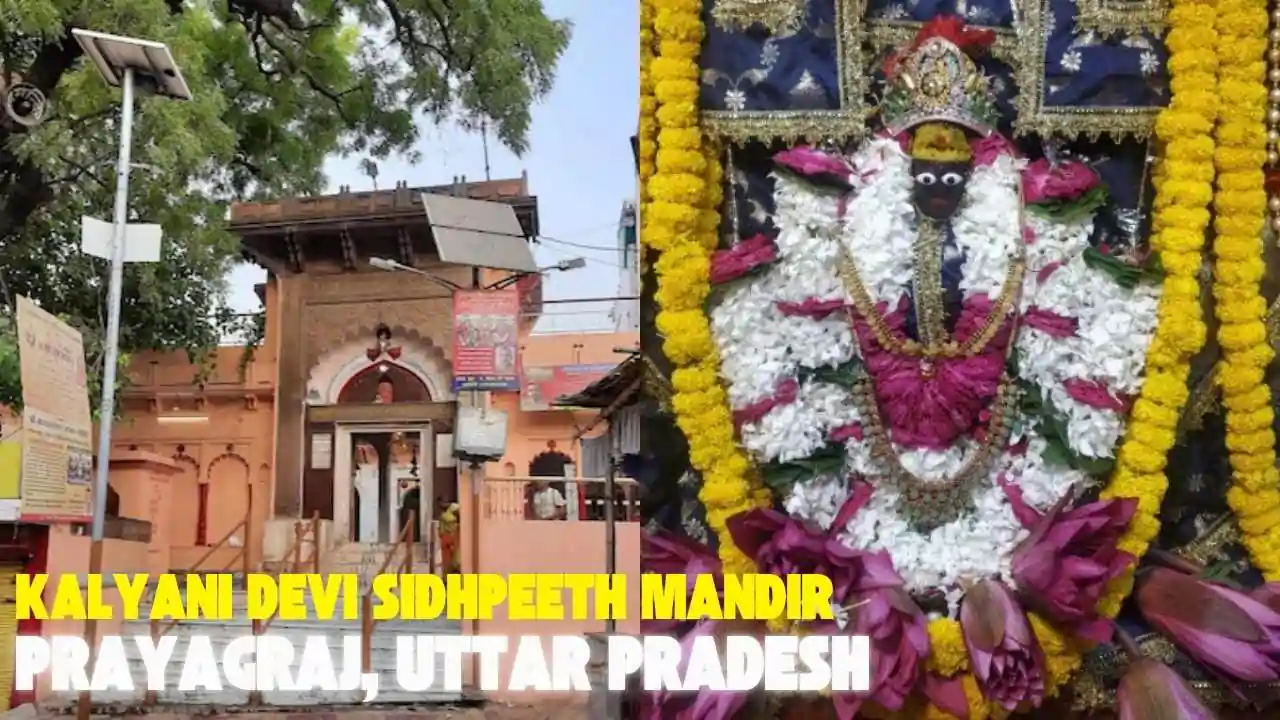
79 years ago when the ‘Fat Man’ fell on Nagasaki
8 months ago | 87 Views
World War II. Tinian (Japan). 3.47 am. August 9, 1945. A US B-29 named Bock’s Car (Bockscar) loaded with ‘Fat Man’ lifted off from Tinian and headed toward the primary target: Kokura Arsenal, a massive collection of war industries adjacent to the city of Kokura. Bock’s Car with a span of 141 ft 3 inches and a range of 3,700 miles could hit a maximum speed of 357 mph. The aircraft commander, Major Charles W. Sweeney, ordered the arming of the plutonium-type atomic bomb named 'Fat Man’ barely minutes after take-off. But the weather was prohibitive and the target was obscured by smoke and haze. There was another glitch: Major Sweeney realised that he would not be able to access the reserve fuel. The B-29 hovered around its target - Kokura Arsenal - but there wasn’t enough visibility. The situation was getting worse - Kokura no longer appeared to be an option. Nagasaki was the intended secondary target. There wasn’t enough fuel to return to the Okinawa airfield and as crewman Jacob Beser later put it, “there was no sense dragging the bomb home or dropping it in the ocean.”
Nagasaki. Minutes before 11 am. August 9, 1945. As the B-29 made a pass over Nagasaki, bombardier, Captain Kermit K. Beahan, caught a brief glimpse of the city's stadium through the clouds.

Nagasaki. 11.02 am. August 9, 1945.
At 11:02 am., at an altitude of 1,650 ft, Beahan dropped the Fat Man over Nagasaki. It exploded 500 meters above Matsuyama-machi in the northern part of the city, 3 kilometres away from its primary target. The surface temperature at the hypocentre reached 3,000 to 4,000 centigrade with a blast wind maxing out at 440 metre per second. The yield of the explosion was later estimated at 21 kilotons, 40% greater than that of the Hiroshima atomic bomb that was dropped on August 6, 1945.
The explosion affected a total area of approximately 43 square miles.About 8.5 of those square miles were water, and 33 more square miles were only partially settled.
And the impact was harrowing. Nearly 40,000 human inhabitants died instantly and 25,000 more were injured.
According to a Nagasaki Prefectural report, “men and animals died almost instantly” within 1 kilometre of the point of detonation.Almost all homes within a mile and a half were destroyed, and dry, combustible materials such as paper instantly burst into flames as far away as 10,000 feet from ground zero.Of the 52,000 homes in Nagasaki, 14,000 were destroyed, 5,400 more seriously damaged and only 12% of the homes escaped unscathed.
A water tower that was once at Keiho Junior High School, just 800 meters from the bomb's hypocentre turned into a mangled mess.
The debris was everywhere. Burnt clothes, burning bodies, broken toys, homes razed to the ground, charred trees, and a watch stopping at the exact moment when the bomb dropped. The outer wall of the Nagasaki Prison Urakami Branch barely withstood the blast.
Around 1,300 students out of the 1,581 students of Municipal Yamazato National School - located 0.7metre from the hypocentre died from the atomic bombing.
The inside of the Nagasaki Medical College Hospital, located 1 kilometre south of the hypocentre was burned out byfire, leaving only the external skeleton.
Barely 500 metres from the hypocentre, the parish priest, Saburo Nishida, was about to enter the Urakami Cathedral to receive the sacrament of penance and reconciliation, a conduct held in preparation for the upcoming Assumption of Mary. Two priests and few dozen Christians inside the church died instantly. The estimated 50-ton bell tower collapsed by the force of the blast.
Debris and destruction was everywhere. Nagasaki fell to the horrors of war.
The August 1945 bombing of Hiroshima and Nagasaki killed between 150,000 and 246,000 people. A day after Nagasaki bombing, the Japanese government announced that a message had been sent to the Allies accepting the terms of the Potsdam Declaration. The war was unofficially over. The surrender of the Empire of Japan in World War II was announced by Emperor Hirohito on August 15, and formally signed on September 2, 1945, ending the war. Ironically, the death of so many brought about peace for many more.
The Memory lives on… Nagasaki National Peace Memorial Hall for the Atomic Bomb Victims houses photographs of the deceased, testimonial material of atomic bombing experiences, and hosts health lectures for atomic bombing survivors. Read online the first-hand account of 4 survivors of the Nagasaki bombing.
Know more about the atomic bombing of Hiroshima & Nagasaki:
Films:
Oppenheimer: A 2023 epic biographical film about J Robert Oppenheimer, written, directed, and produced by Christopher Nolan.
Children of Hiroshima (Children of the Atomic Bomb), a 1952 Japanese film directed by Kaneto Shindo.
Rhapsody in August, a 1991 Japanese film by Akira Kurosawa about an elderly woman who lost her husband in the 1945 bombing of Nagasaki caring for her four grandchildren over the summer.
Hiroshima, a 1953 Japanese docudrama about the bombing of Hiroshima and its impact on a group of teachers, their students, and their families.
Books:
Countdown 1945: The Extraordinary Story of the Atomic Bomb and the 116 Days That Changed the World by Chris Wallace
Hiroshima Nagasaki: The Real Story of the Atomic Bombings and Their Aftermath by Paul Ham
The Making of the Atomic Bomb by Richard Rhodes
Black Rain by Masuji Ibuse
A Song for Nagasaki: The Story of Takashi Nagai a scientist, convert, and survivor of the atomic bomb.
Songs:
North Carolina (US) country singer Fred Kirby wrote Atomic Power a day after the Hiroshima bombing - Hiroshima, Nagasaki/Paid a big price for their sins… - claiming that atomic power was given to the US by the “mighty hand of God”
1946’s When The Atom Bomb Fell, sung by Karl and Harty claiming that “the bomb that struck Hiroshima / Was the answer to our fighting boys’ prayers…”
Wanda Jackson’s Fujiyama Mama has a sentence “I’ve been to Nagasaki Hiroshima too the same I did to them baby I can do to you”
Hiroshima: The 1971 anti-war song performed by British band Wishful Thinking
Maibotsu no Daibensha (Buried voice), released in 2022 by music label METSUJP, refers to the bombing of Nagasaki with lyrics such as, “8.9 1945 do you know what that means?” and, “The small sun took everything away; the large moon lit up the wreckage.”
Read Also: Gut feeling: Why it’s okay to not have all the answers
#




















